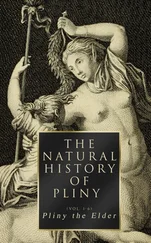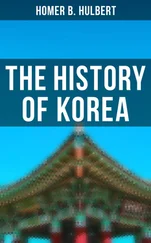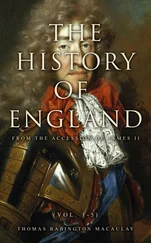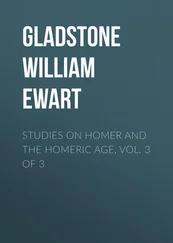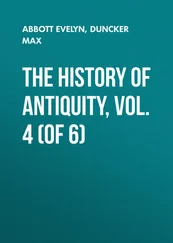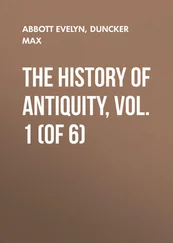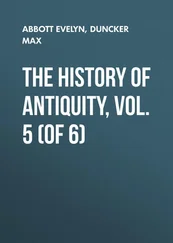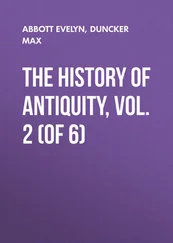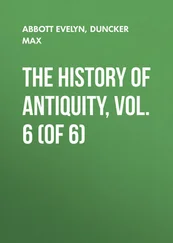Homer B. Hulbert
The History of Korea
(Vol.1&2)
Complete Edition
e-artnow, 2020
Contact: info@e-artnow.org
EAN 4064066059989
Volume 1 Volume 1 Table of Contents
Volume 2 Конец ознакомительного фрагмента. Текст предоставлен ООО «ЛитРес». Прочитайте эту книгу целиком, купив полную легальную версию на ЛитРес. Безопасно оплатить книгу можно банковской картой Visa, MasterCard, Maestro, со счета мобильного телефона, с платежного терминала, в салоне МТС или Связной, через PayPal, WebMoney, Яндекс.Деньги, QIWI Кошелек, бонусными картами или другим удобным Вам способом.
Table of Contents Table of Contents Volume 1 Volume 1 Table of Contents Volume 2 Конец ознакомительного фрагмента. Текст предоставлен ООО «ЛитРес». Прочитайте эту книгу целиком, купив полную легальную версию на ЛитРес. Безопасно оплатить книгу можно банковской картой Visa, MasterCard, Maestro, со счета мобильного телефона, с платежного терминала, в салоне МТС или Связной, через PayPal, WebMoney, Яндекс.Деньги, QIWI Кошелек, бонусными картами или другим удобным Вам способом.
Preface.
Introductory Note.
PART I ANCIENT KOREA
Chapter I.
Chapter II.
Chapter III.
Chapter IV.
Chapter V.
Chapter VI.
Chapter VII.
Chapter VIII.
Chapter IX.
Chapter X.
Chapter XI.
Chapter XII.
Chapter XIII.
PART II. MEDIEVAL HISTORY.
Chapter I.
Chapter II.
Chapter III.
Chapter IV.
Chapter V.
Chapter VI.
Chapter VII.
Chapter VIII.
Chapter IX.
Chapter X.
Chapter XI.
Chapter XII.
Chapter XIII.
PART III. MODERN KOREA.
Chapter I.
Chapter II.
Chapter III.
Chapter IV.
Chapter V.
Chapter VI.
Chapter VII.
Chapter VIII.
Chapter IX.
Table of Contents
The sources from which the following History of Korea is drawn are almost purely Korean. For ancient and medieval history the Tong-sa Kang-yo has been mainly followed. This is an abstract in nine volumes of the four great ancient histories of the country. The facts here found were verified by reference to the Tong-guk Tong-gam, the most complete of all existing ancient histories of the country. Many other works on history, geography and biography have been consulted, but in the main the narrative in the works mentioned above has been followed.
A number of Chinese works have been consulted, especially the Mun-hon Tong-go wherein we find the best description of the wild tribes that occupied the peninsula about the time of Christ.
It has been far more difficult to obtain material for compiling the history of the past five centuries. By unwritten law the history of no dynasty in Korea has ever been published until after its fall. Official records are carefully kept in the government archives and when the dynasty closes these are published by the new dynasty. There is an official record which is published under the name of the Kuk-cho Po-gam but it can in no sense be called a history, for it can contain nothing that is not complimentary to the ruling house and, moreover, it has not been brought down even to the opening of the 19th century. It has been necessary therefore to find private manuscript histories of the dynasty and by uniting and comparing them secure as accurate a delineation as possible of the salient features of modern Korean history. In this I have enjoyed the services of a Korean scholar who has made the history of this dynasty a special study for the past twenty-five years and who has had access to a large number of private manuscripts. I withhold his name by special request. By special courtesy I have also been granted access to one of the largest and most complete private libraries in the capital. Japanese records have also been consulted in regard to special points bearing on the relations between Korea and Japan.
A word must be said in regard to the authenticity and credibility of native Korean historical sources. The Chinese written character was introduced into Korea as a permanent factor about the time of Christ, and with it came the possibility of permanent historical records. That such records were kept is quite apparent from the fact that the dates of all solar eclipses have been carefully preserved from the year 57 B.C. In the next place it is worth noticing that the history of Korea is particularly free from those great cataclysms such as result so often in the destruction of libraries and records. Since the whole peninsula was consolidated under one flag in the days of ancient Sil-la no dynastic change has been effected by force. We have no mention of any catastrophe to the Sil-la records: and Sil-la merged into Koryŭ and Koryŭ into Cho-sŭn without the show of arms, and in each case the historical records were kept intact. To be sure, there have been three great invasions of Korea, by the Mongols, Manchus and Japanese respectively, but though much vandalism was committed by each of these, we have reason to believe that the records were not tampered with. The argument is three-fold. In the first place histories formed the great bulk of the literature in vogue among the people and it was so widely disseminated that it could not have been seriously injured without annihilating the entire population.
In the second place these invasions were made by peoples who, though not literary themselves, had a somewhat high regard for literature, and there could have been no such reason for destroying histories as might exist where one dynasty was forcibly ejected by another hostile one. In the third place the monasteries were the great literary centers during the centuries preceding the rise of the present dynasty, and we may well believe that the Mongols would not seriously molest these sacred repositories. On the whole then we may conclude that from the year 57 B.C. Korean histories are fairly accurate. Whatever comes before that is largely traditional and therefore more or less apocryphal.
One of the greatest difficulties encountered is the selection of a system of romanisation which shall steer a middle course between the Scilla of extreme accuracy and the Charybdis of extreme simplicity. I have adopted the rule of spelling all proper names in a purely phonetic way without reference to the way they are spelled in native Korean. In this way alone can the reader arrive at anything like the actual pronunciation as found in Korea. The simple vowels have their continental sounds: a as in “father,” i as in “ravine,” o as in “rope” and u as in “rule.” The vowel e is used only with the grave accent and is pronounced as in the French “ recit .” When a vowel has the short mark over it, it is to be given the flat sound: ă as in “fat,” ŏ as in “hot,” ŭ as in “nut.” The umlaut ö is used but it has a slightly more open sound thanthan in German. It is the “unrounded o” where the vowel is pronounced without protruding the lips. The pure Korean sound represented by oé is a pure diphthong and is pronounced by letting the lips assume the position of pronouncing o while the tongue is thrown forward as if to pronounce the short e in “met.” Eu is nearly the French eu but with a slightly more open sound. As for consonants they have their usual sounds, but when the surds k , p or t in the body of a word are immediately preceded by an open syllable or a syllable ending with a sonant, they change to their corresponding sonants: k to g , p to b and t to d . For instance, in the word Pak-tu , the t of the tu would be d if the first syllable were open. No word begins with the sonants g , b or d .
Читать дальше

